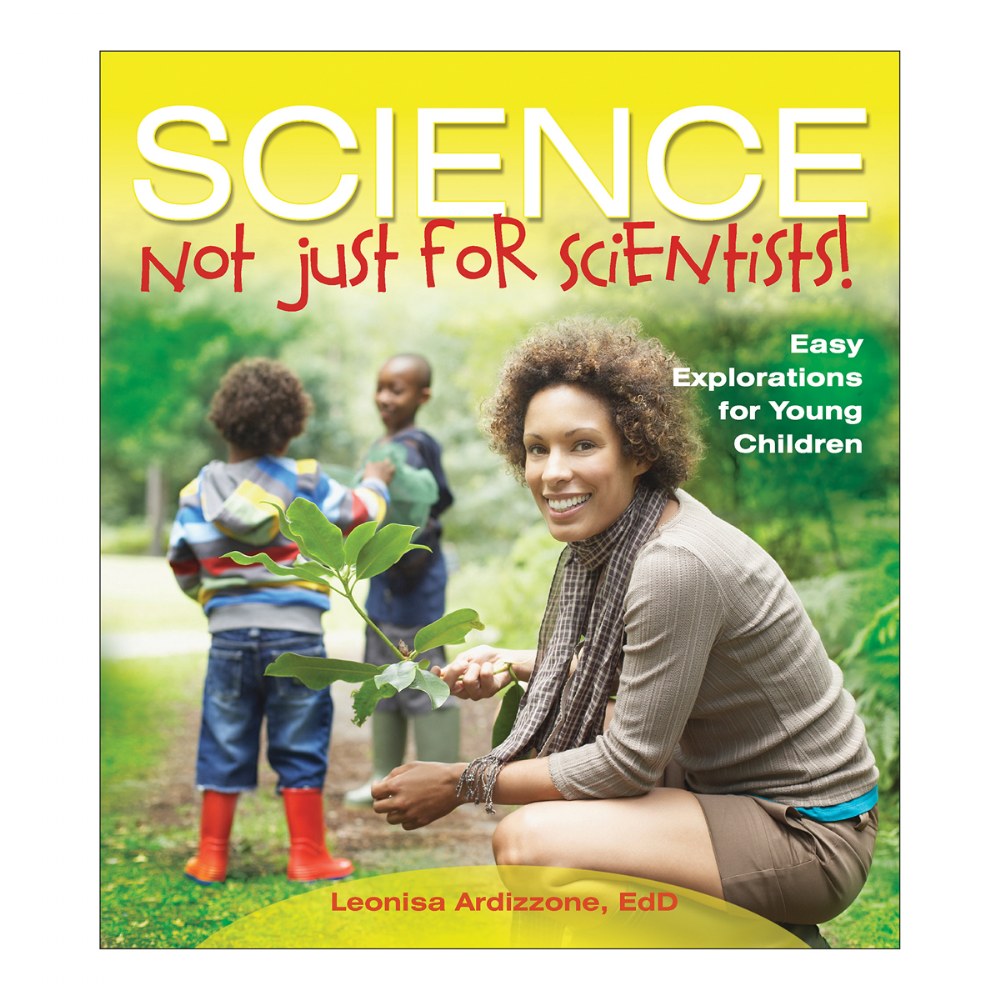
Spring preschool activities are a great way to add fun science learning to the day! Science activities for preschoolers introduce children to scientific thinking through hands-on explorations. Gryphon House authors have written hundreds of science experiment ideas and science activities for kids. Explore our spring science experiments for preschoolers with this fun, free activity from Science--Not Just for Scientists! Easy Explorations for Young Children, by Leonisa Ardizzone, EdD.
Patterns in the Sky: Clouds
Essential Question: What patterns exist in the sky?
Objective: Children will examine clouds to identify similarities and differences.
Materials:
- Clipboards
- Digital Camera
- Images of types of clouds
- Markers or Crayons
- Paper
Methods:
- Take the children outside and observe the clouds. Provide them with paper, markers or crayons, and clipboards. Encourage them to draw their observations. Continue this for as many days as you would like. Try to do it at the same time each day. Date each drawing for later use.
- After they have observed the sky for a few days, help them organize their drawings in date order and ask them to describe what they see. Do the clouds look the same every day? Are they different shapes or different colors? What characteristics do they have? Are they tall, short, fluffy, silky, and so on? Help them to see that their scientific observations are leading to the establishment of a pattern.
- On another day, present a cloud chart to the children, or take a look at a website that features photos of different types of clouds, such as http://cloudappreciationsociety.org. Encourage the children to try to match their cloud observations to the pictures.
- As they make the connection between their own observations and the types of clouds on charts, ask them to make predictions of what clouds they may see over the next few days.
Instructions
* Collect enough pictures of animals (from magazines or printed from websites)
so you have one for each child plus a few extra.
What to Do
1. Conceal the animal pictures or figures in a box or bag.
2. Explain that in this game you will call on a child to sit in the middle of the
circle, then hold up a picture (figure) of an animal over her head. Remind
them not to look up at the picture.
3. The child must guess the animal by asking her friends for clues. They may raise
their hands and take turns telling her anything about her animal without saying
the animal's name. For example, they could say, "You have long ears," "You
eat carrots," or "You hop around." They should not say, "You are a rabbit."
4. Call each child to sit on the floor in front of you facing the group. Play until
each child has had a turn.
Teacher - to - Teacher Tip
* Impulsive children tend to call out the animal's name as soon as you show it.
Allow for these mistakes by having extra pictures available. Be patient and
provide some extra encouragement to master this challenge.
Assessment
Consider the following:
* List animal names used in the activity. Make note of specific clues given
by each child. Evaluate the accuracy (X or O) and complexity (+ or -) of
each clue.
* Complex clues extend beyond the physical appearance of the animal. "You
are black" is simple and "You live on a farm" is complex.
